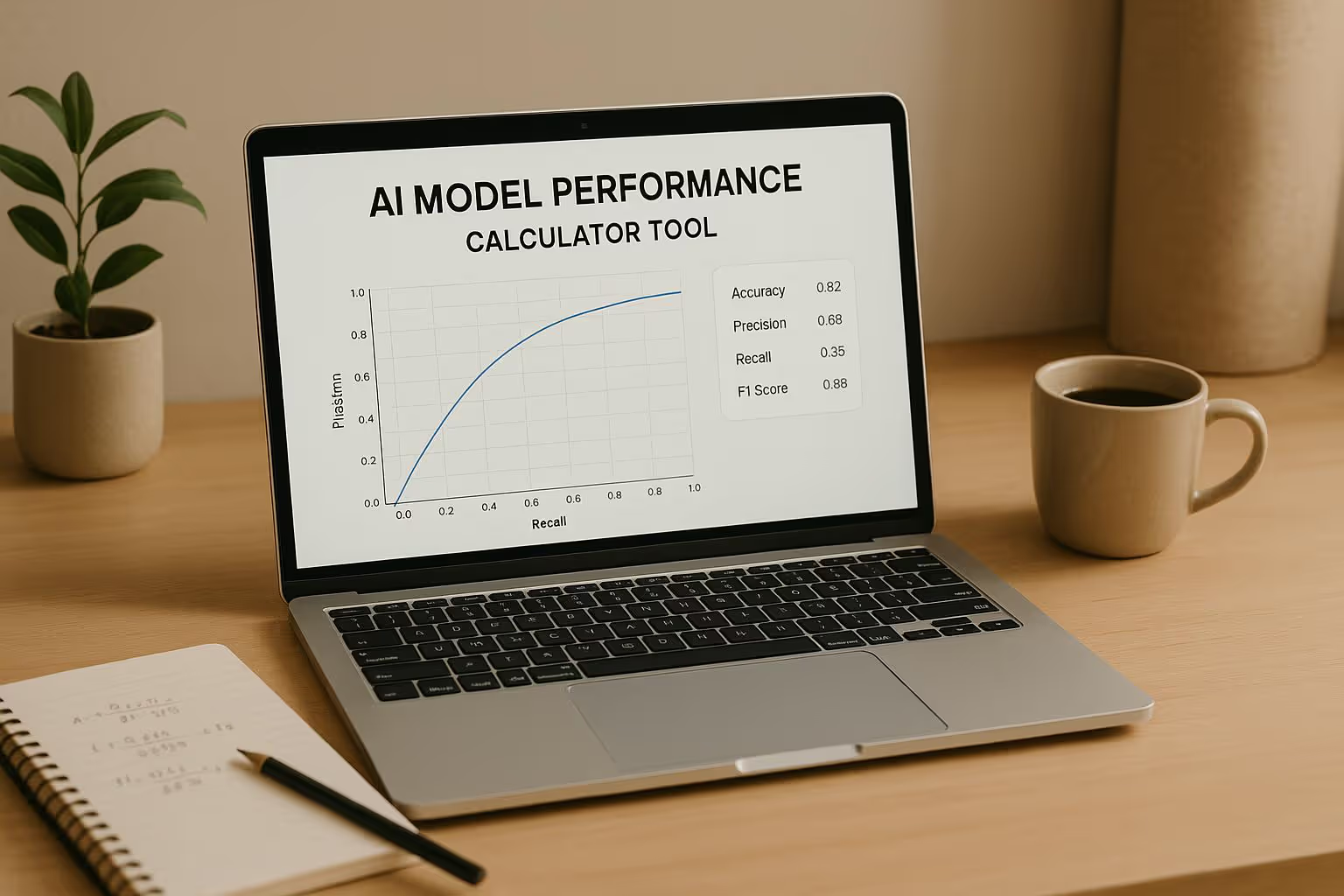
If you're a data scientist or developer, you know how crucial it is to gauge the effectiveness of your machine learning projects. Evaluating a model's output can feel overwhelming with all the numbers and jargon, but it doesn't have to be. That's where a reliable tool for assessing AI model efficiency comes in handy. It simplifies the process, turning raw metrics into clear, actionable insights.
Understanding your model's strengths and weaknesses is the first step to optimization. Metrics like accuracy, precision, and recall tell a story about how well your system performs under real-world conditions. But interpreting these numbers manually takes time and expertise. With the right evaluation tool, you can quickly spot issues—like a high error rate in specific scenarios—and get tailored suggestions to address them. Whether you're working on classification tasks or regression problems, having a streamlined way to analyze performance saves hours of guesswork.
From beginners to seasoned pros, anyone can benefit from a user-friendly platform that demystifies complex data. Input your stats, choose your model type, and let the system do the heavy lifting. You'll walk away with a detailed breakdown and tips to refine your work, no PhD required.
For a solid evaluation, try to include core metrics like accuracy, precision, recall, and F1 score if they're relevant to your model. These give a well-rounded view of performance. If you're unsure what they mean, don't worry—our tool offers quick explanations to help you understand each one. Even if you only have a couple of metrics, you’ll still get useful feedback to work with.
Absolutely! We designed this calculator with all skill levels in mind. Alongside your performance summary, you'll find simple explanations of terms like precision or recall, so you’re not left scratching your head. Plus, the optimization tips are straightforward and actionable, whether you're just starting out or fine-tuning a complex model.
It analyzes your input metrics against standard thresholds for your specific model type, like classification or regression. For example, if your accuracy is high but recall is low, it might suggest focusing on reducing false negatives. The advice is tailored to your data and comes with practical steps you can take to improve, making it easier to prioritize your next moves.


